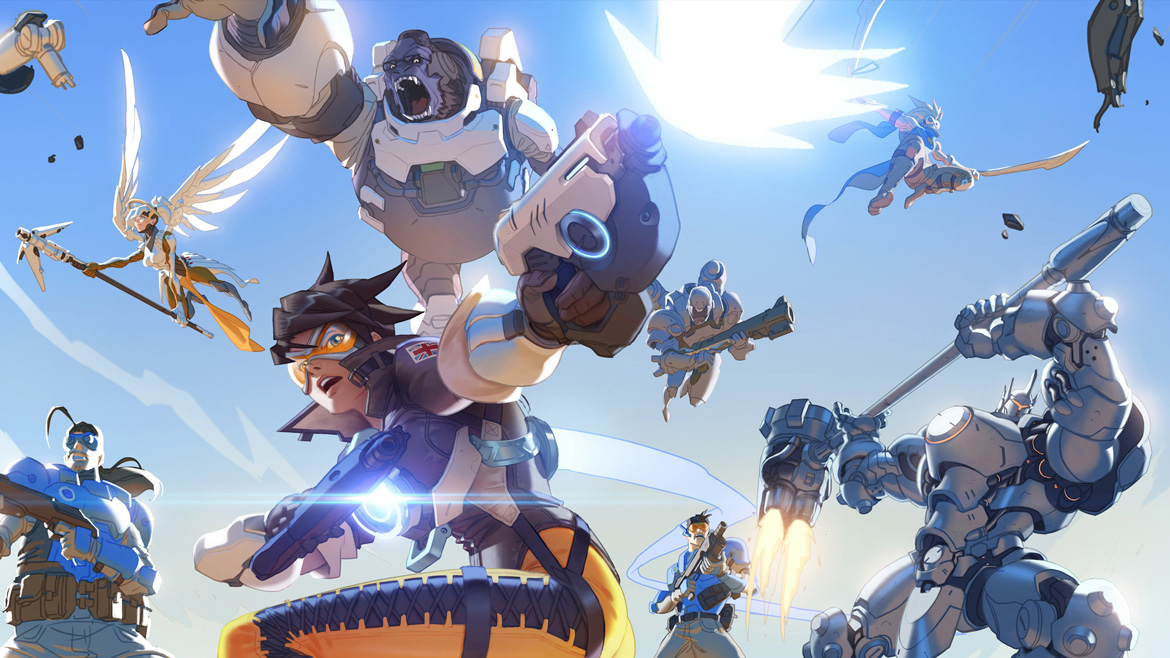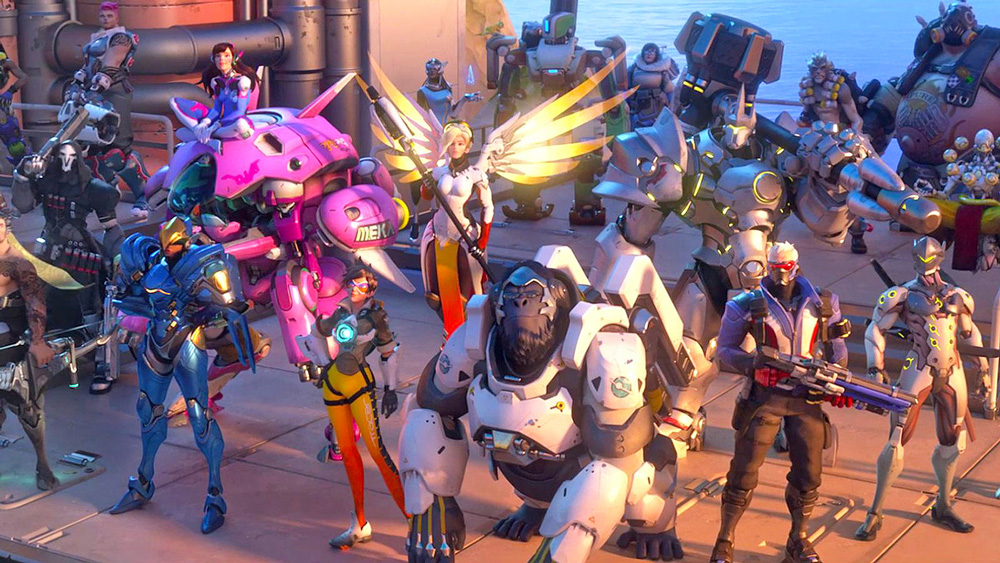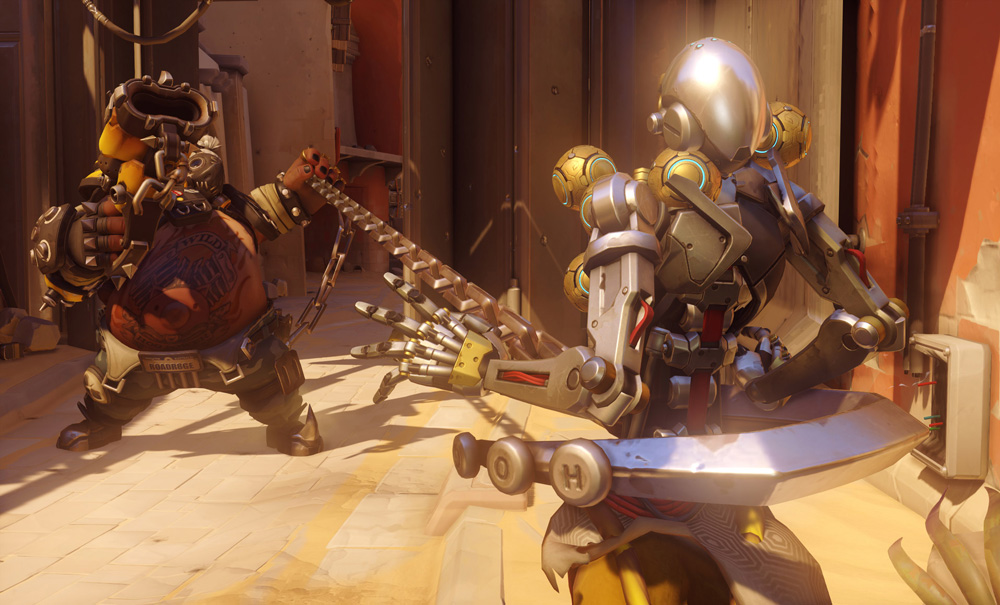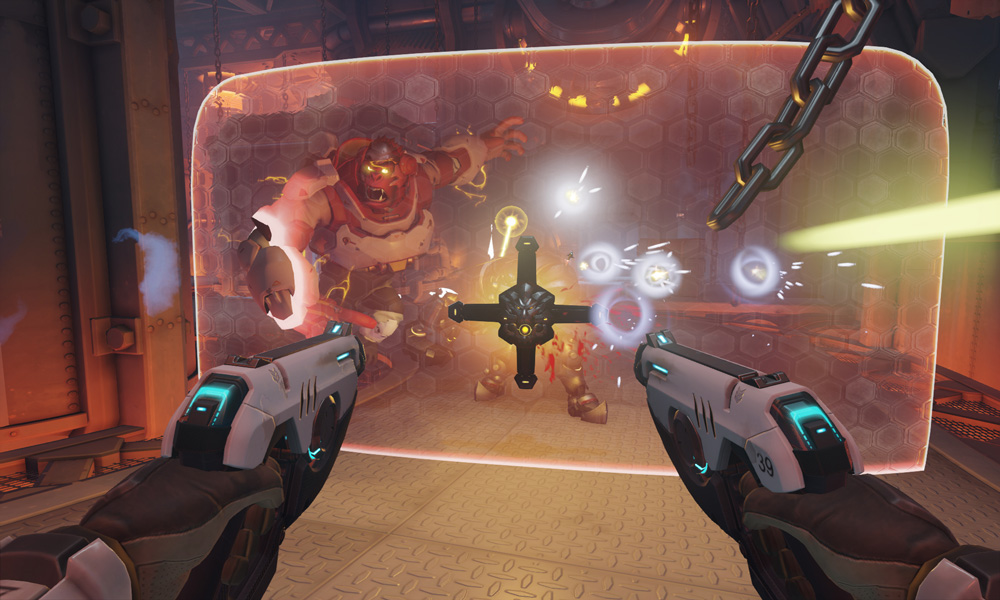TL;DR
Blizzard's Overwatch blends fast-paced FPS action with MOBA hero mechanics, offering a refreshing take on a crowded genre. Its diverse cast, quick matchmaking, and emphasis on teamwork make it accessible yet strategically deep. The dynamic hero swapping, varied maps, and constant updates promise significant replayability. While it lacks a solo mode, the vibrant visuals and solid gameplay loop make it a compelling multiplayer experience. Dive in to see if this hero shooter lives up to the hype!
Blizzard, renowned for their multiplayer titles, presents a social FPS Arena Shooter with MOBA elements. But does this combination truly succeed?
The FPS market is certainly saturated. The genre has grown substantially, and we’re seeing a return to core gameplay mechanics over narrative depth, which we find refreshing. The premise of Overwatch involves teams of heroes (in a futuristic setting) engaging in combat to either capture or defend objectives. The character roster is diverse, ranging from beginner-friendly options like Soldier: 76, to popular characters like Tracer, and more complex, high-impact heroes such as Roadhog.
Overwatch prioritizes fast-paced gameplay, and largely succeeds. Matchmaking is quick, averaging around 8 seconds, whether queuing with other players or setting up matches against AI bots. Success hinges on teamwork and strategic coordination. Lone wolf tactics are generally ineffective, and the game mechanics are initially accessible. Each character has a primary weapon, a secondary ability, and an ultimate ability that requires charging. However, the gameplay offers sufficient depth to reward experience and strategic planning. Upon death, players can choose a new hero, dynamically shifting the team composition. Every hero possesses strengths and weaknesses, and selecting the appropriate counter-hero can swing the momentum. This promotes considerable strategic variation, requiring constant adaptation to the opposing team’s composition and tactics. With 21 playable characters available at launch, and more planned for future updates, Overwatch offers substantial replayability.
The maps offer surprising depth and multiple attack routes. Players are consistently rewarded with loot boxes, a mechanic Blizzard has honed in titles like Diablo III. All items should be unlockable through gameplay, though optional purchases are available. Numerous updates are already planned, including the addition of a ranked play mode expected next month. Blizzard excels at creating compelling games that are easy to pick up but difficult to put down (as demonstrated by the enduring popularity of World of Warcraft).
The visuals are vibrant and stylized. While not pushing the boundaries of graphical fidelity, they strike a balance between detail and performance, maintaining a stable frame rate. While a high-end PC provides the optimal experience, the PS4 version, which served as our primary test platform, delivers a satisfactory presentation. The sound design is functional, providing clear audio cues that enhance situational awareness, particularly when navigating complex map layouts. The control scheme differs slightly from typical FPS titles, with a slightly lower turning sensitivity that may require some adjustment.
Overwatch executes many elements effectively. In fact, most aspects are well-designed. The more time invested, the more rewarding the experience becomes. Players can invite friends and leverage Facebook’s streaming capabilities, enabled by a recent partnership between the two companies. The primary omission is a dedicated solo mode, as the game focuses exclusively on multiplayer matches. While a narrative component could have added depth, it may have detracted from Overwatch’s core identity as a fast-paced, accessible, and engaging multiplayer experience that appeals to a broad audience. After all, the appeal of competitive shooting, whether in paintball or a virtual arena, is universal.





